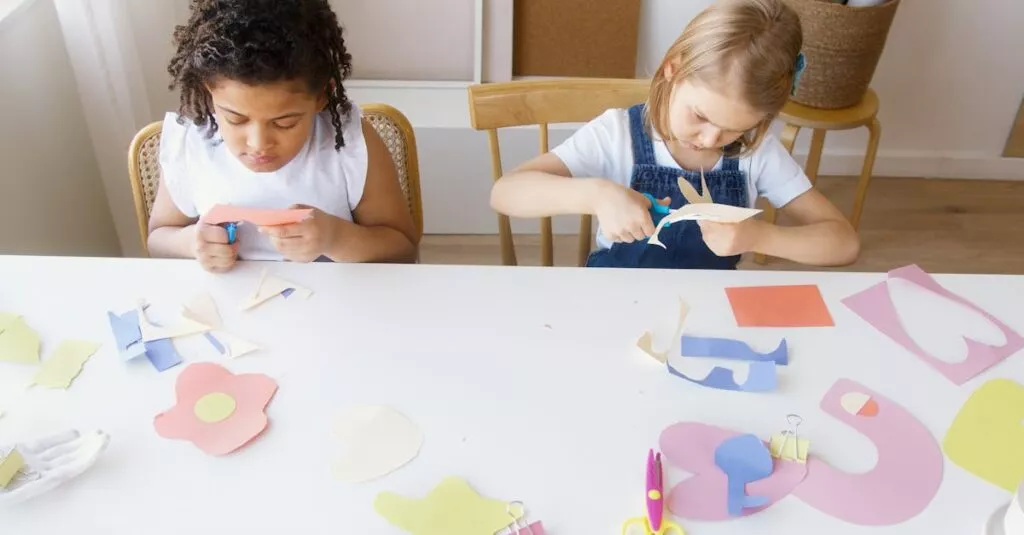Why Teaching Patience Matters
Teaching patience to preschoolers can be a challenging endeavor, but it’s crucial for their emotional development. Let’s face it, if our little ones can learn to wait for their turn at the slide without a meltdown, that’s a parenting win! Patience is not just about waiting; it’s about understanding that good things take time.

Remember, teaching patience is a valuable life skill that will serve children well as they grow. It lays the foundation for resilience, empathy, and self-control.
The Benefits of Bible Stories
Bible stories are a fantastic way to instill virtues like patience. These timeless tales often feature characters who demonstrate waiting with grace. Plus, the stories are packed with moral lessons that are easy for young minds to grasp. Teaching patience through Bible stories makes the virtue relatable and memorable for kids. Let’s explore three standout books for this purpose.

Top 3 Bible Storybooks for Patience
First up, ‘The Beginner’s Bible’ is a fantastic book with engaging illustrations and simple text. ‘Noah and the Ark’ is perfect for teaching patience as Noah waited for the rain to stop.
Next, ‘My First Bible Stories’ by Kim Mitzo Thompson is filled with stories that are great for capturing kids’ attention. The story of Joseph is a must-read for patience.
Lastly, ‘God’s Good Plan’ offers short, digestible stories with vibrant pictures, making learning fun.

The Power of Repetition
Kids thrive on repetition, and Bible stories are no different. Rereading a story not only reinforces the lesson but also helps your child remember it. Imagine the surprised face when your child reminds you that Jonah had to be patient in the whale’s belly! Turn these stories into bedtime routines for added bonding and teaching opportunities.
 Feel free to refer back to this engaging practice to make Bible learning a fun and memorable experience for your child.
Feel free to refer back to this engaging practice to make Bible learning a fun and memorable experience for your child.
Creative Ways to Reinforce Lessons
Incorporate arts and crafts activities that align with the stories. For example, create an ark out of a shoebox when teaching Noah’s story. Or, build a colorful coat out of paper for Joseph’s tale. This hands-on approach makes the learning process enjoyable and gives your child a creative outlet. Plus, you get adorable keepsakes!

Common Challenges and Solutions
Patience isn’t developed overnight; it’s a skill learned through practice. Expect setbacks but handle them with understanding and empathy. Preschoolers often get frustrated when they can’t have what they want right away. Assure them that everyone struggles with waiting sometimes, even adults. Tell your child about a time you had to wait patiently—relatable examples make patience feel achievable.

Encouraging Parental Involvement
Parents’ involvement is key to teaching patience. Read these Bible stories together and discuss the lessons. Use real-life situations to remind your child of the stories. For instance, remind them of Noah’s patience when waiting in line at the grocery store. These connections reinforce the lessons in a practical way, making learning continuous and effective. Share your own stories; your child will love hearing them!

